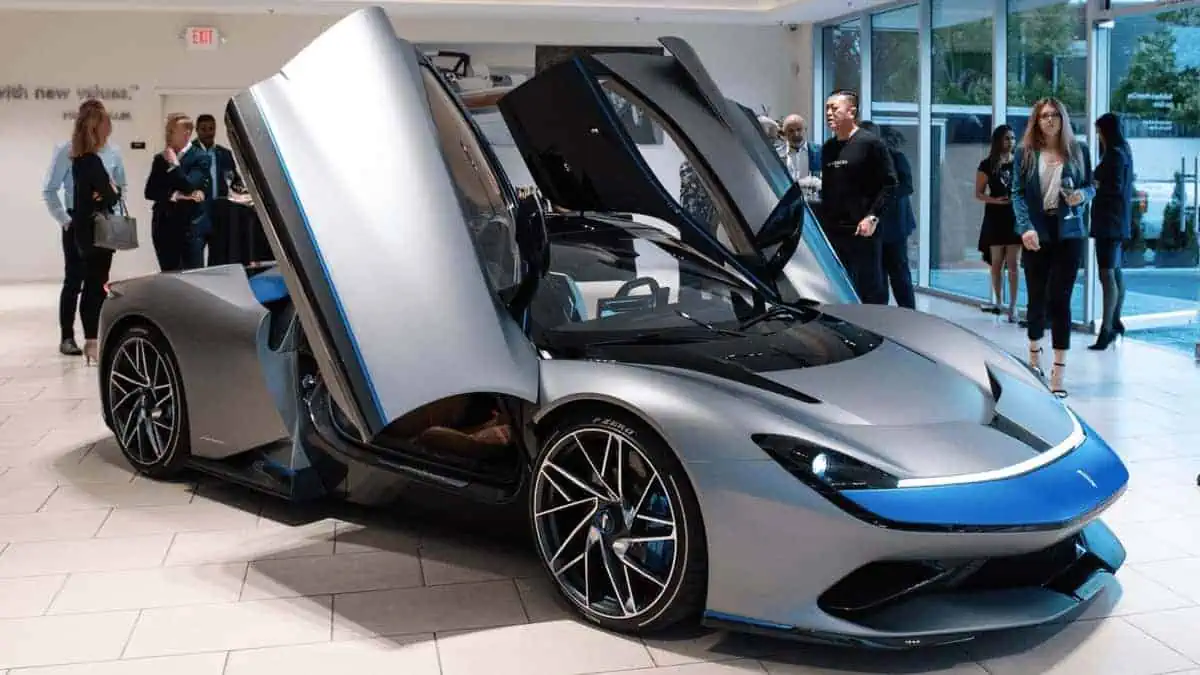Tesla is planning to use 800-V architecture in its Cybertruck and Semi-Trailer units.
800-V architecture is being considered for Tesla’s Cybertruck and Semi-Trailer units, said Tesla Manager Andrew Baglino. However, they are not planning to use this system for their smaller models anytime soon.
Baglino commented, “There’s nothing really encouraging us to do so on that platform” regarding the Model 3 and Model Y. “It’s really about mass and power…and as you look at bigger vehicles, there are some advantages.”
Tesla considers the 800-V for its bigger units, as it requires higher charging and battery power. Baglino also said: “On bigger vehicles, where you’re talking about higher power on the charging side or higher power from the battery to the power electronics or you need more torque, so the current requirements go up, there’s a little bit more semiconductor and actual conductor savings of going to the higher voltage,” “And so we do consider that for Semi and Cybertruck.”
The upcoming Cybertruck pick-up and the semi-trailer will mount battery packs with greater capacity. Production for both units is pushed until 2023, along with the new Roadster. There are also hints on the Robotaxi units, which are not expected to use the 800-V architecture.
400-V is the current specification for most Electric Vehicles. However, there are already units available in the market with 800-V architecture, such as the Porsche Taycan, Audi e-tron GT, Hyundai Ioniq 5, and Kia EV6.





